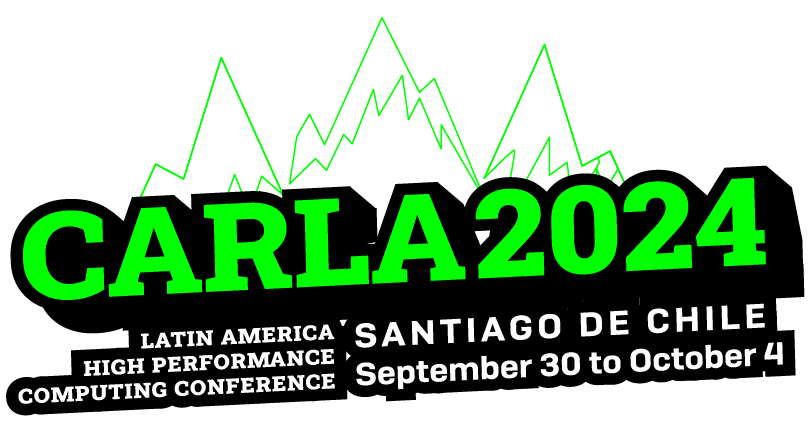Invited Speaker
Francisco Förster
(developer of ALeRCE), Universidad de Chile.
Ileyk El Mellah
(computational astrophysicist), Universidad Santiago de Chile
Leonardo Krapp
(developer of FARGO3D code), Universidad de Concepción
Pierluigi Cerulo
(machine learning applications in astrophysics), Universidad de Concepción




Room
4
Day
Soon
Chair(s):
Andrés Escala
Universidad de Chile, Chile
aescala@das.uchile.cl
Dominik R.G. Schleicher
Universidad de Concepción, Chile
dschleicher@astro-udec.cl

Advances in using High-Performance GPUs for Astroinformatics
Description
This workshop will focus on the usage of high-performance GPUs in the context of astroinformatics, including advanced computational modeling as well as data analysis (including machine learning / artificial intelligence) employing high-performance GPUs. We are interested in bringing together the relevant South American and international community working on this topic, with the purpose of elevating and employing the current state of the art both in the fields of astrophysical simulations and astrophysical data analysis. For this purpose, we will be considering a very broad range of possible applications, where we provide specific examples below though our workshop will not be limited to these examples.
Within the context of numerical simulations, our range of interest encompasses techniques that include individual powerful GPU servers up to methodologies developed for the purpose of upcoming peta-scale computing. An example of that is the methodology employed in the new magneto-hydrodynamics (MHD) code AthenaPK, which presents an adaption of the original ATHENA code using the performance portable block-structured adaptive mesh refinement framework (Parthenon) developed by Grete et al. 2022 (arXiv:2202.12309), a framework adopting the Kokkos programming model to target exascale simulations employing clusters with powerful GPUs. In the context of fluid dynamics, additional codes will be discussed such as FARGO3D, a grid-based multi-physics MHD code allowing the usage of GPUs, of which one of the main developers is now in Chile (invited speaker Leonardo Krapp). These will be contrasted with approaches based on Smoothed Particle Hydrodynamics (SPH) such as the StarSmasher code that also strongly utilizes GPUs.
Beyond the fluid dynamics, however, important applications concern the modeling of dense stellar clusters and the formation of very massive objects within these clusters. Here an important example is the stellar dynamics code Nbody6++GPU (Wang et al. 2015) utilizing hybrid parallelization methods (MPI, GPU, OpenMP, and AVX/SSE) to accelerate large direct N-body simulations, and in particular to solve the million-body problem. Particularly, this code has been employed for producing the DRAGON simulations (Wang et al. 2016, MNRAS, 458, 1450), the first simulations of globular clusters modeling the evolution of one million stars. This code currently forms the basis for in-depth investigations of star cluster evolution and the formation of massive objects within these clusters due to collisions.
